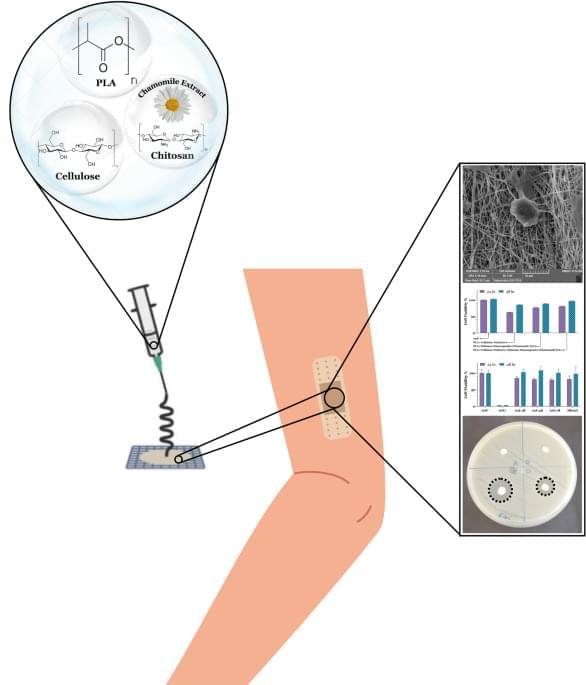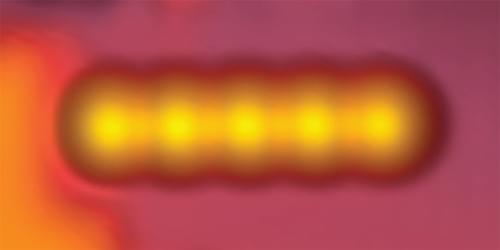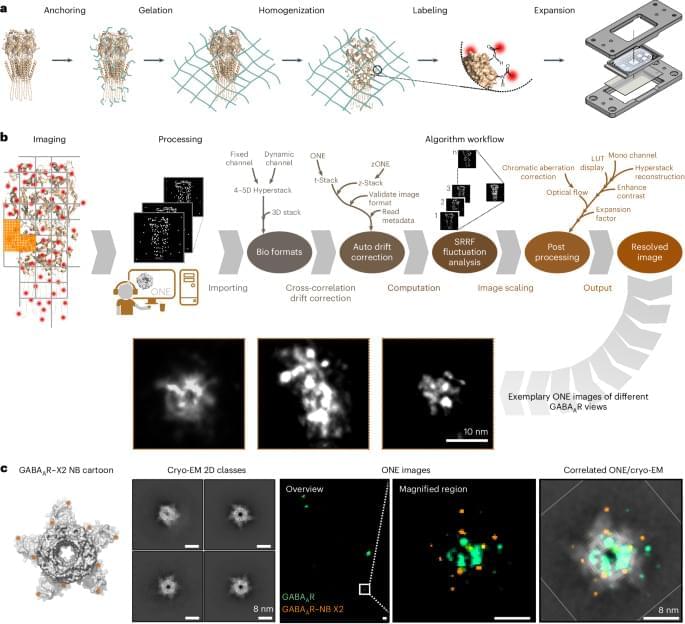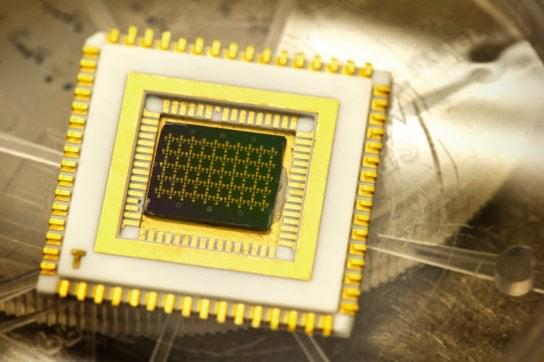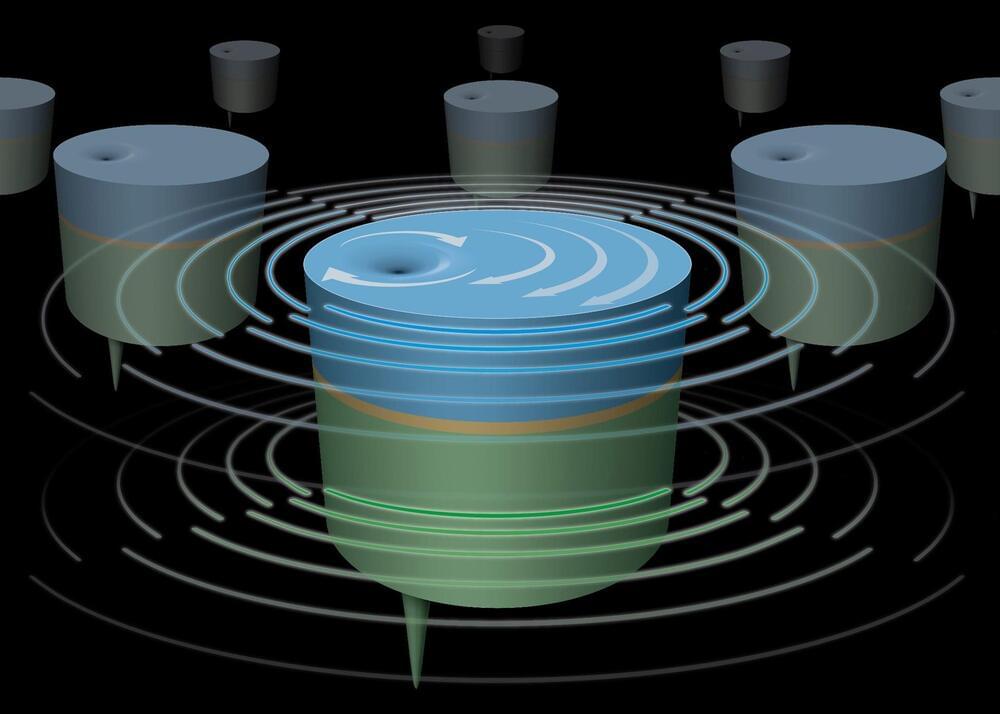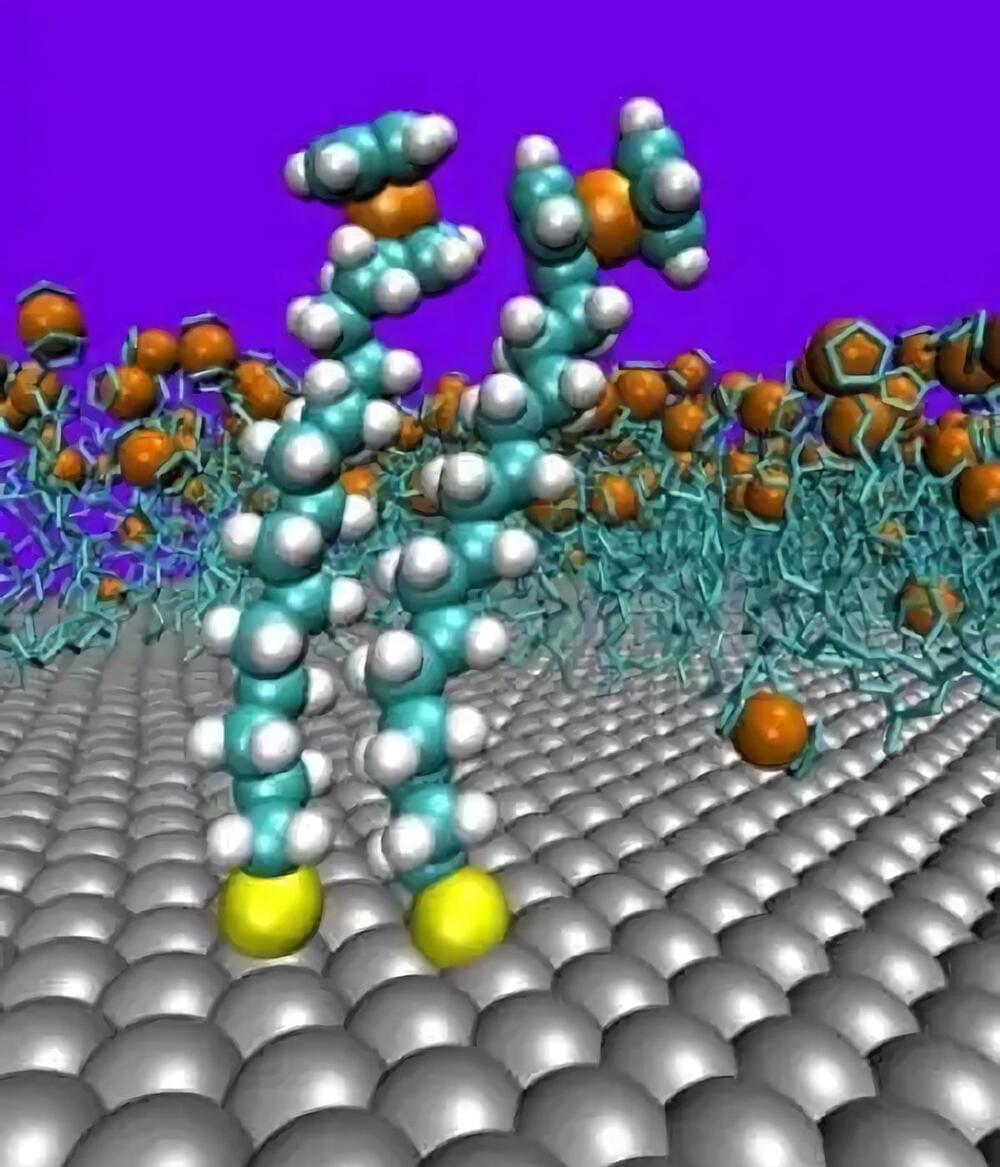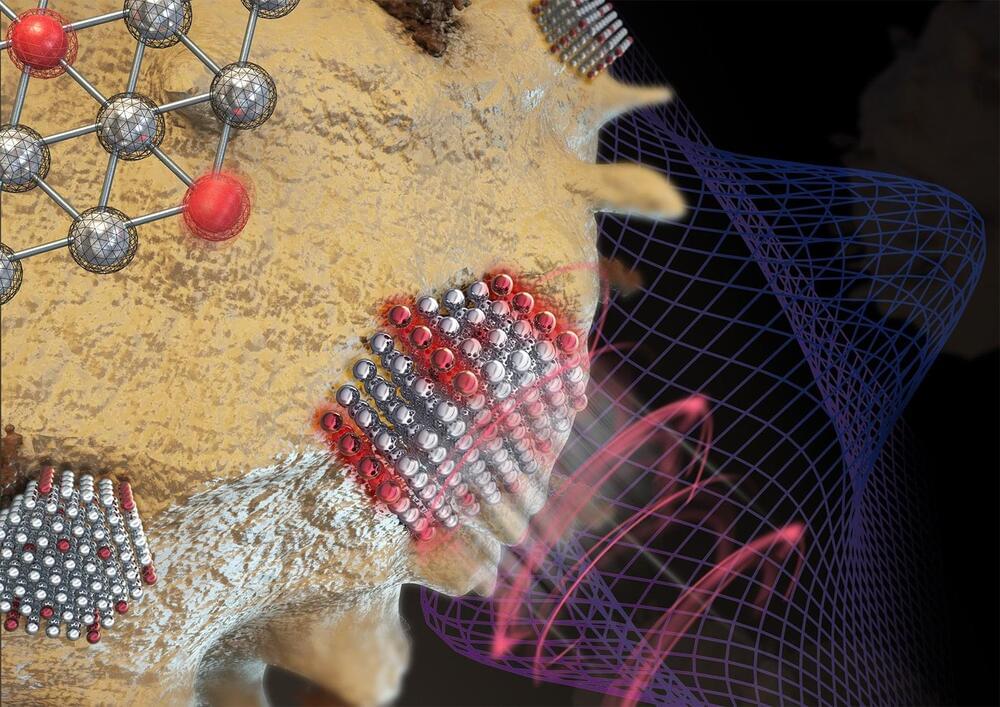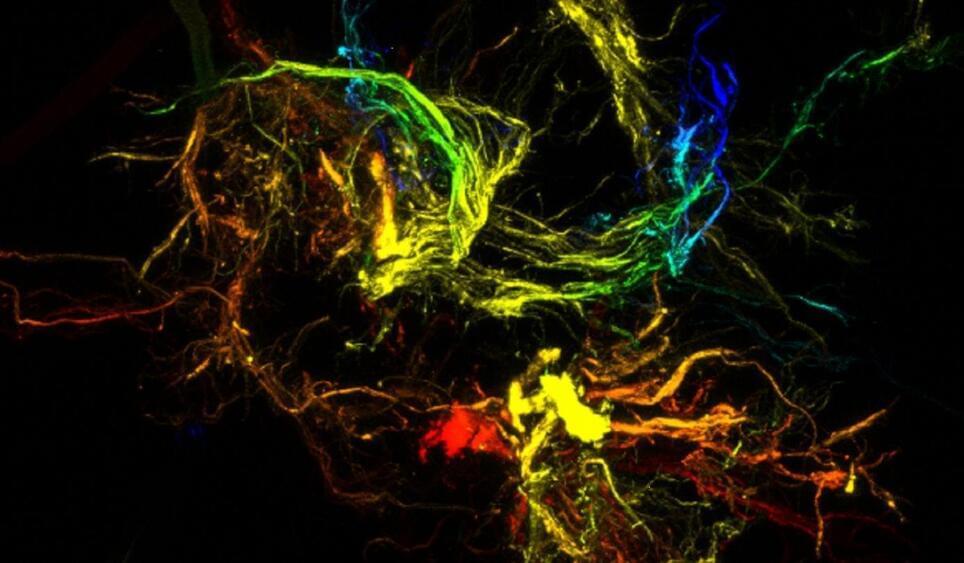Oct 19, 2024
New technique enhances absorptivity of powders for metal 3D printing
Posted by Omuterema Akhahenda in categories: 3D printing, chemistry, energy, nanotechnology
A team from Lawrence Livermore National Laboratory, Stanford University and the University of Pennsylvania introduced a novel wet chemical etching process that modifies the surface of conventional metal powders used in 3D printing.
In a significant advancement for metal additive manufacturing, researchers at Lawrence Livermore National Laboratory (LLNL) and their academic partners have developed a groundbreaking technique that enhances the optical absorptivity of metal powders used in 3D printing.
The innovative approach, which involves creating nanoscale surface features on metal powders, promises to improve the efficiency and quality of printed metal parts, particularly for challenging materials like copper and tungsten, according to researchers.
Continue reading “New technique enhances absorptivity of powders for metal 3D printing” »

